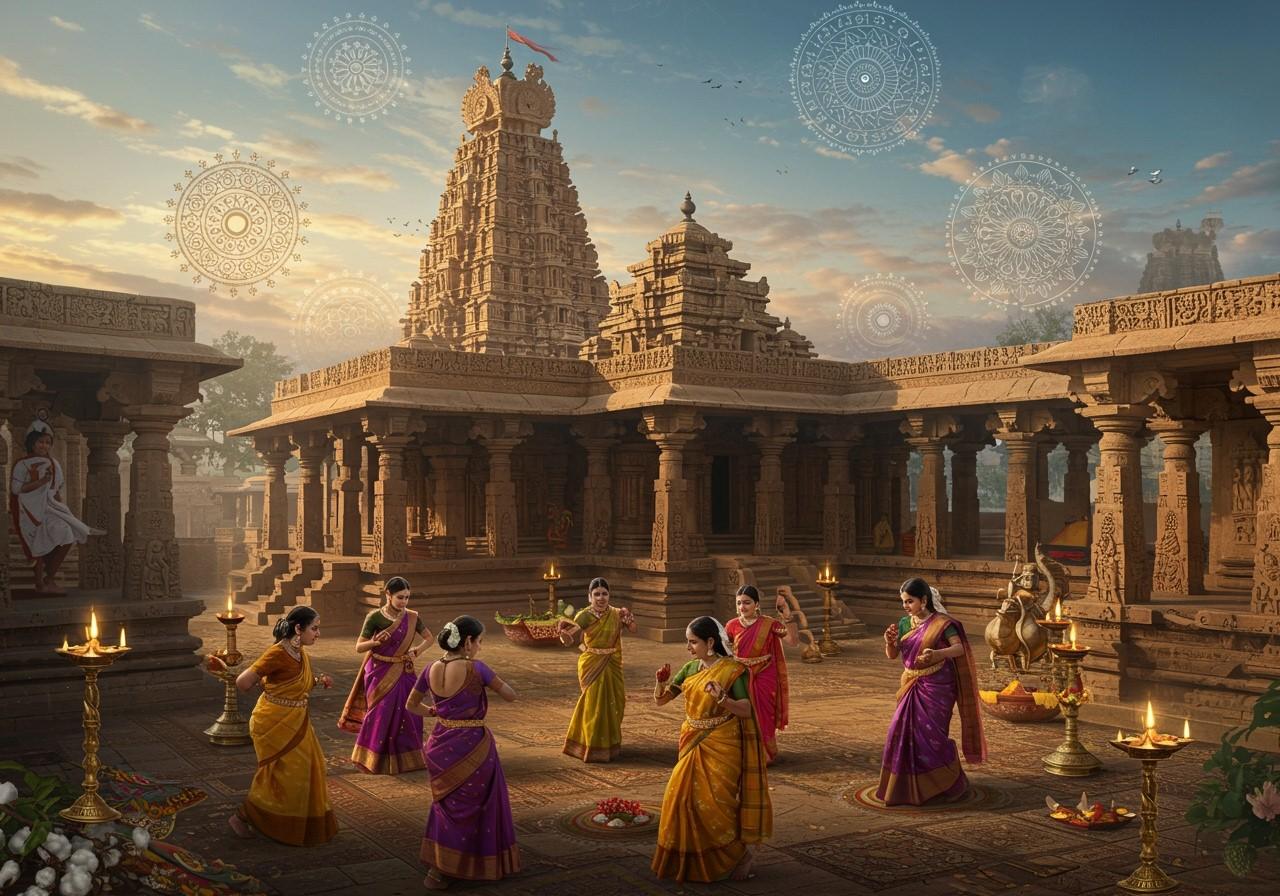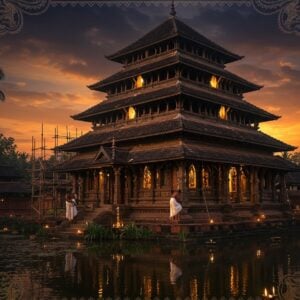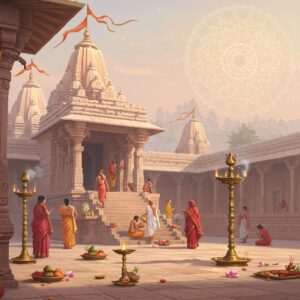
Haveri, nestled in the heart of Karnataka, beautifully blends history and tradition with modern conveniences. Established in 1997, it stands out for its cultural landmarks and historical significance. This exploration reveals the district’s unique identity and cultural richness, ideal for those seeking tradition and the ease of online shopping.
The Formation of Haveri District
Understanding Haveri’s Origins
Haveri became a separate district on August 24, 1997. Previously part of the Dharwad district, this separation stemmed from administrative restructuring aimed at better resource management and cultural heritage preservation. Haveri’s strategic location within Karnataka, bordered by other culturally rich districts, is key to its identity.
This district’s formation safeguards its unique cultural aspects. Its geographical placement allows it to maintain traditions while remaining accessible. The political considerations during its creation ensured Haveri retained its distinct identity amidst regional changes.
Cultural Significance of Haveri
A Tapestry of Tradition
Haveri, in the heart of Karnataka, is a treasure trove of history and culture. Known as the gateway to northern Karnataka, it nurtured saints and poets like Santa Shishunala Sharif and Kanakadasaru, whose contributions resonate in the region’s spiritual and literary traditions.
The district’s rich cultural blend is evident in its architectural heritage. Temples like the Tarakeshwar temple at Hangal and the Siddheshwar temple in Haveri showcase Chalukya architecture, reflecting the artistic skill of ancient artisans.
Haveri has hosted various dynasties, from the Chalukyas to the Hoysalas, their legacy etched in over 1300 stone inscriptions – silent storytellers of a bygone era.
Haveri’s religious significance is profound. Once a hub for the Kalamukha sect, with around 1000 maths as sacred centers, the Siddhesvara temple exemplifies cultural synthesis, transitioning through Vaishnava, Jain, and Shaiva influences.
Celebrations and Crafts
Festivals in Haveri are vibrant and joyous. Ugadi, Ganesh Chaturthi, and Dussehra are celebrated with great enthusiasm, uniting communities and showcasing the district’s vibrant spirit and deep-rooted traditions. These celebrations are integral to the cultural fabric of Haveri.
Beyond historical sites, Haveri is about its people and their crafts. Renowned for Byadagi red chilies and cardamom, these spices contribute significantly to its agricultural economy, flavoring cuisines worldwide.
Modern-Day Haveri: A Blend of Tradition and Convenience
Haveri balances heritage preservation with modern conveniences. Online platforms provide access to authentic ritual items, upholding traditions even in urban settings. This accessibility ensures that cultural practices remain vibrant and accessible to all.
Educational institutions in Haveri promote its heritage, encouraging younger generations to appreciate their roots while embracing modern advancements. This blend enriches the district’s cultural fabric, ensuring its continuity for future generations.
Haveri’s journey reflects its resilience and adaptability. It stands as a testament to Karnataka’s diverse cultural landscape, where history and modernity coexist harmoniously.
How Poojn.in Supports Your Cultural Journey in Haveri
Poojn.in offers essential puja items connecting you to Haveri’s rich cultural heritage. Our authentic products support traditional practices central to Haveri’s religious customs.
For devotees visiting the Siddhesvara Temple, we offer complete puja kits with essentials like kumkum, turmeric, flowers, and incense sticks, crucial for rituals at this ancient Chalukyan temple. You can find these and other essential items on www.poojn.in.
We stock items for worship at the Banashankari Temple, including traditional oil lamps (diyas), wicks, and pure ghee. Our collection includes copper and brass vessels for traditional temple rituals. Explore our selection at poojn.in.
For those interested in Haveri’s Madhukeshwara Temple practices, we offer specific items:
- Pure copper kalasha
- Traditional bell metal lamps – perfect for creating a sacred atmosphere.
- Sacred thread (janeu) – an essential element in many Hindu ceremonies.
- Pure camphor – known for its purifying properties.
- Sandalwood powder – used for its fragrance and spiritual significance.
- Fresh tulsi leaves – revered for their sacred properties in Hindu rituals.
Visit www.poojn.in for our full range of authentic puja items, supporting Haveri’s cultural traditions. We ensure doorstep delivery across India with secure packaging maintaining purity.
[Note: Product availability and prices may vary. Please check the website for current stock and rates.]
Embracing the Legacy of Haveri
Haveri’s rich history and vibrant culture blend legacy and progress. The district honors its past while embracing the future. As traditions flourish alongside modern conveniences, Haveri symbolizes heritage and innovation coexisting beautifully.
By cherishing its spiritual and cultural roots, Haveri inspires people to value the past, celebrate the present, and embrace the future. Whether exploring ancient temples or enjoying vibrant festivals, Haveri welcomes all who seek its timeless charm.
FAQs on Haveri’s Rich History and Culture: A Detailed Exploration
Haveri district was formed on August 24, 1997, carved from the Dharwad district in Karnataka. Haveri is renowned for its rich history, cultural heritage, temples, and unique handloom products, especially Khadi.
Historical places in Haveri include the Siddhesvara Temple, Galageshwara Temple, and Tarakeshwara Temple, reflecting the district’s rich past. The Siddhesvara Temple exemplifies Chalukyan architecture with intricate carvings and historical significance. Haveri enthusiastically celebrates traditional festivals like Ugadi and Dasara with cultural performances.
Khadi and handloom products showcase Haveri’s craftsmanship, reflecting its cultural richness. Local delicacies like Jolada Rotti and Ennegayi are popular. Learn more about the rich culinary heritage of Haveri by exploring local cuisine options and discovering traditional recipes.


